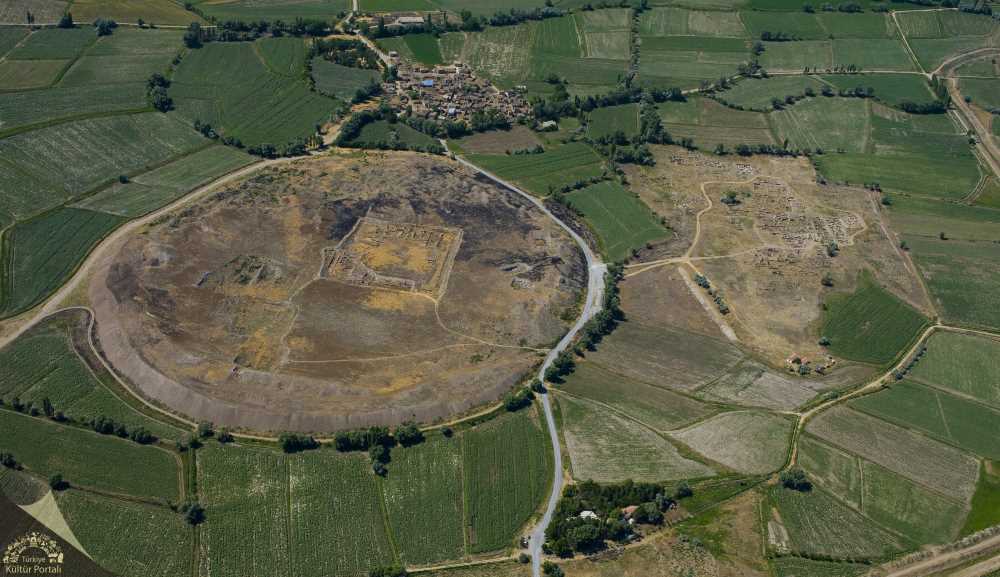
The new discoveries at Kültepe Kanesh Karum, which was the accommodation place for Assyrian traders
New discoveries shedding light on the Bronze Age period have been made in ongoing excavations at Kültepe Kanesh Karum, which served as the trading hub for Assyrian merchants who brought writing to Anatolia.
Kültepe Kanesh Karum is located in the Kayseri province of Türkiye.
In the Assyrian language, ‘karum’ means harbor or port, and it was established at various locations throughout Anatolia. The most significant of these ‘karums’ is Kültepe Kanesh Karum.
In this year’s excavations at Kültepe Kanesh/Karum Mound, structures dating to the late period were uncovered. Excavation Director Prof. Dr. Fikri Kulakoğlu stated that the new findings will make significant contributions to the historical and cultural development of Anatolia.
📣 Our WhatsApp channel is now LIVE! Stay up-to-date with the latest news and updates, just click here to follow us on WhatsApp and never miss a thing!!
Excavation Director Prof. Dr. Kulakoğlu, in a statement to AA reporter, mentioned that they conducted work both on the mound and in the Karum area during this year’s excavations.
Kulakoğlu stated, “We have reached data indicating that Kültepe goes back at least 6,000 years from the present day. We are continuing our work to go even deeper.”
Regarding their more detailed work on the Early Bronze Age period in Kültepe, Kulakoğlu said, “We are continuing these studies within a large excavation in the western part of the mound. We have also continued excavations this year in the Karum area, especially where Assyrian traders came and lived. We are uncovering structures related to the late period, which we refer to as the 1b phase.”
“We have questions related to the last periods of the era in which Assyrian traders lived, what happened in that era, etc. To investigate them, we have ongoing work on the mound. We have a deep drill right next to the temple known to be built by Hittite King Anitta. Interesting answers have started to come from there. Indeed, data showing the period in which the Hittites began and the Kültepe era began to come to an end in this area,” added Prof. Dr. Kulakoğlu.
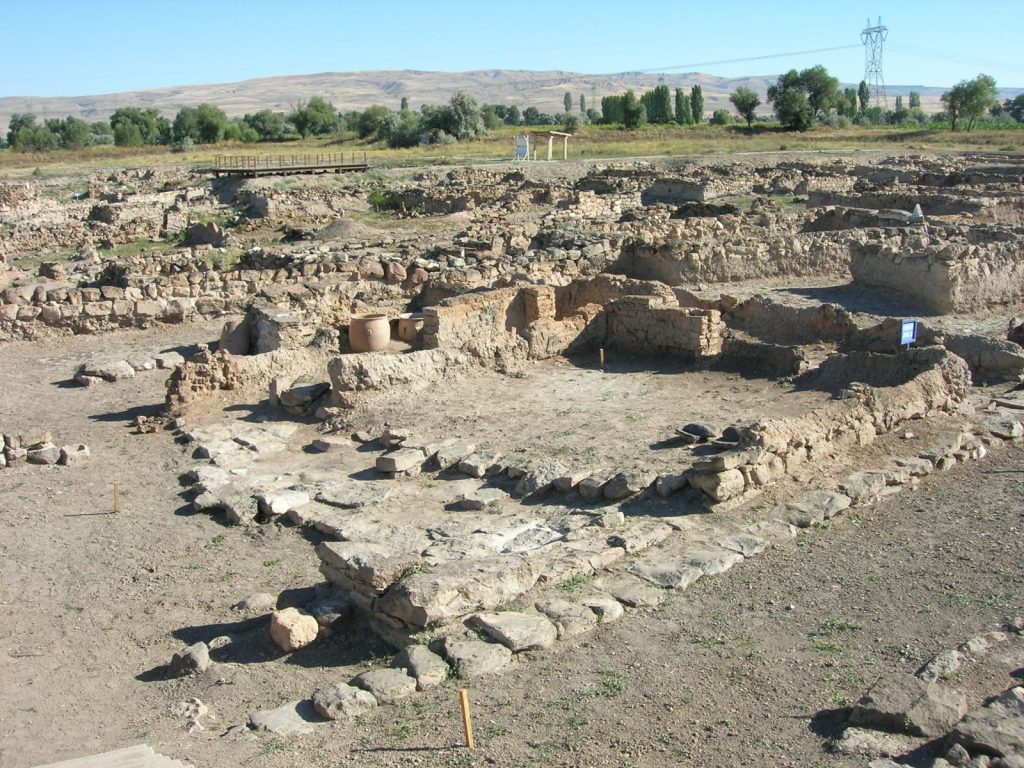
He mentioned that the mudbrick structures in Kültepe were among the largest buildings in Anatolia during that era.
Kulakoğlu also noted that they obtained some data, especially in the field of paleobotany (the study of ancient plants), from this site, including plant and seed residues, plaster residues, and bone remnants, among others, which can be detected microscopically. They continue to research these materials.
For example, a piece of bread came from the burnt residue in the corner of an oven in this excavation. Until now, this is the kind of find that we couldn’t easily detect with the naked eye, but in a microscopic environment, these can be seen very easily. It’s a residue of about one millimeter, something that is not possible to see with the naked eye.
With the support of auxiliary sciences, it is possible to achieve such results. Laboratories in Türkiye are our biggest helpers. For instance, Erciyes University has a laboratory, and in cooperation with them, it is possible to see everything from bread residue to other plant residues.”
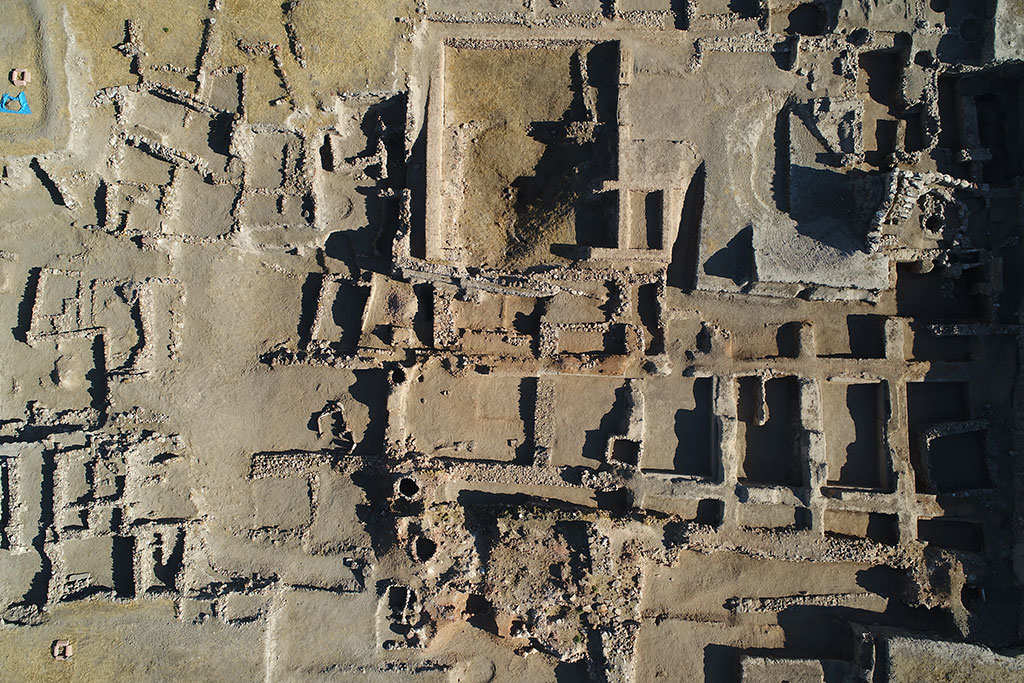
Prof. Dr. Kulakoğlu mentioned that in Kültepe, before the period known as the Early Bronze Age when Assyrian traders lived, there were idol depictions of gods and goddesses made from water marble, and they could also be made by casting lead molds.
He explained that they found one of these molds from which these idols were cast during this year’s excavations. “There’s nothing like it in the world. It’s an extremely important find in terms of demonstrating that they were made by casting lead. We can say it’s the most important find of 2023,” he said.
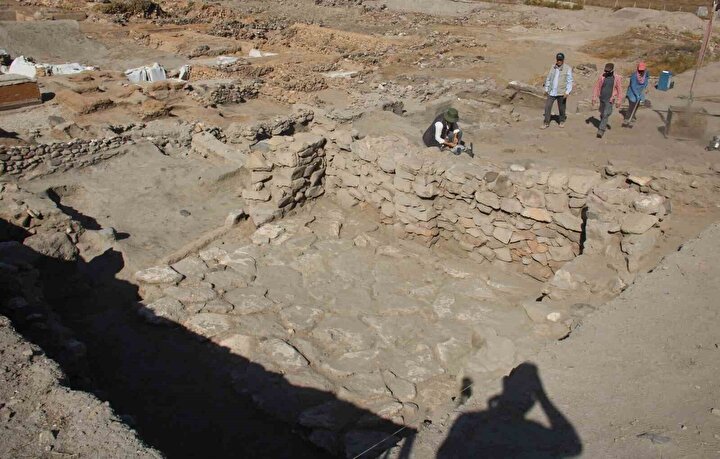
Japanese archaeologist Prof. Dr. Ryoichi Kontani also mentioned that they are researching the historical beginning of Kültepe during the excavations.
Ryoichi Kontani explained that thanks to the tablets found in Kültepe, they have information about its economy. “We are investigating how far back this source goes. We are digging deeper, like a well,” he said.
Cover Photo kulturportalı
You may also like
- A 1700-year-old statue of Pan unearthed during the excavations at Polyeuktos in İstanbul
- The granary was found in the ancient city of Sebaste, founded by the first Roman emperor Augustus
- Donalar Kale Kapı Rock Tomb or Donalar Rock Tomb
- Theater emerges as works continue in ancient city of Perinthos
- Urartian King Argishti’s bronze shield revealed the name of an unknown country
- The religious center of Lycia, the ancient city of Letoon
- Who were the Luwians?
- A new study brings a fresh perspective on the Anatolian origin of the Indo-European languages
- Perhaps the oldest thermal treatment center in the world, which has been in continuous use for 2000 years -Basilica Therma Roman Bath or King’s Daughter-
- The largest synagogue of the ancient world, located in the ancient city of Sardis, is being restored

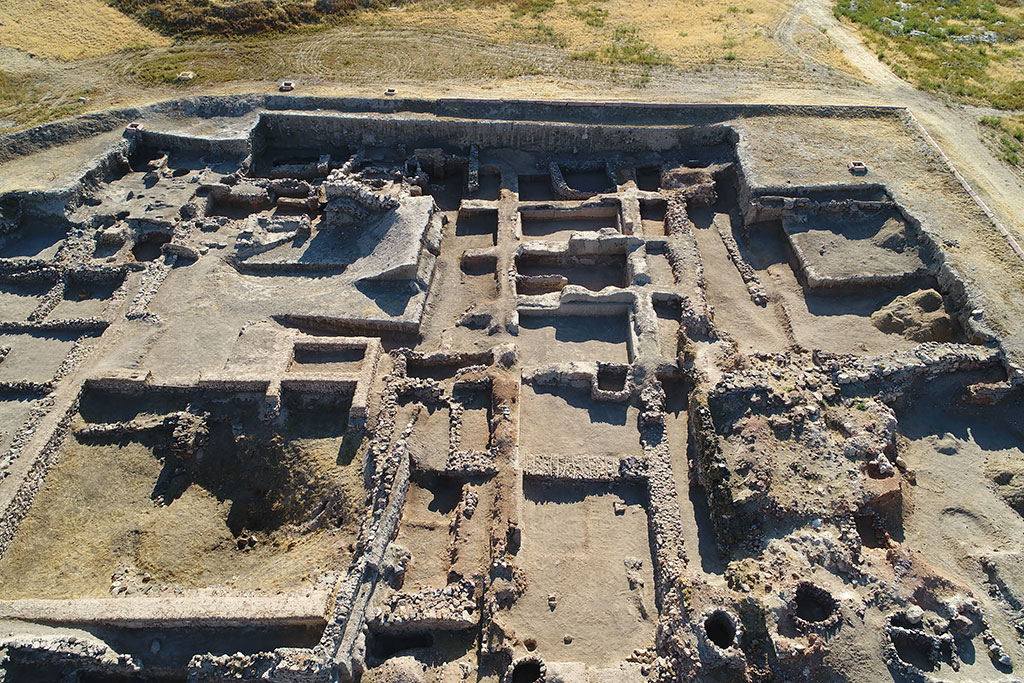










Leave a Reply